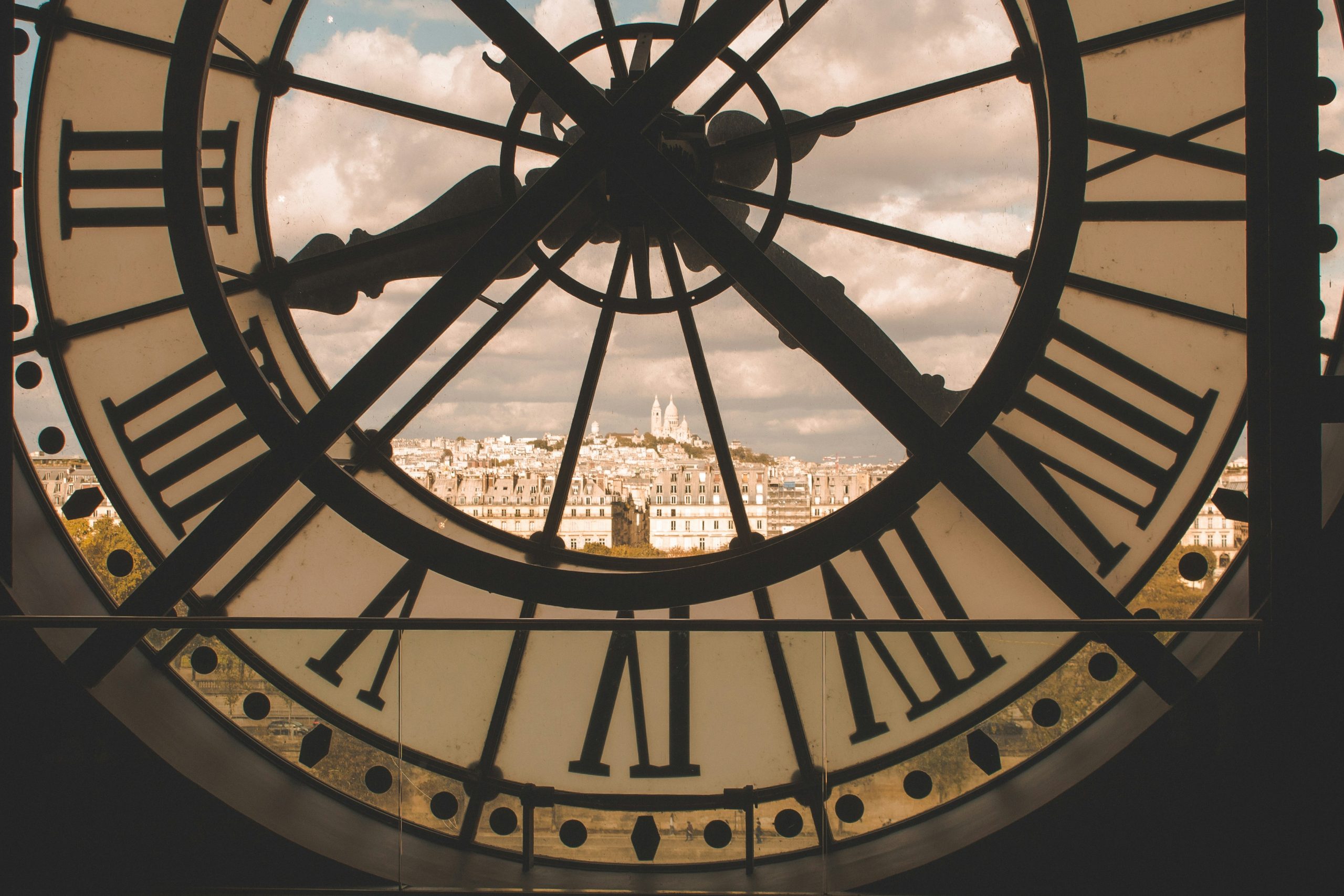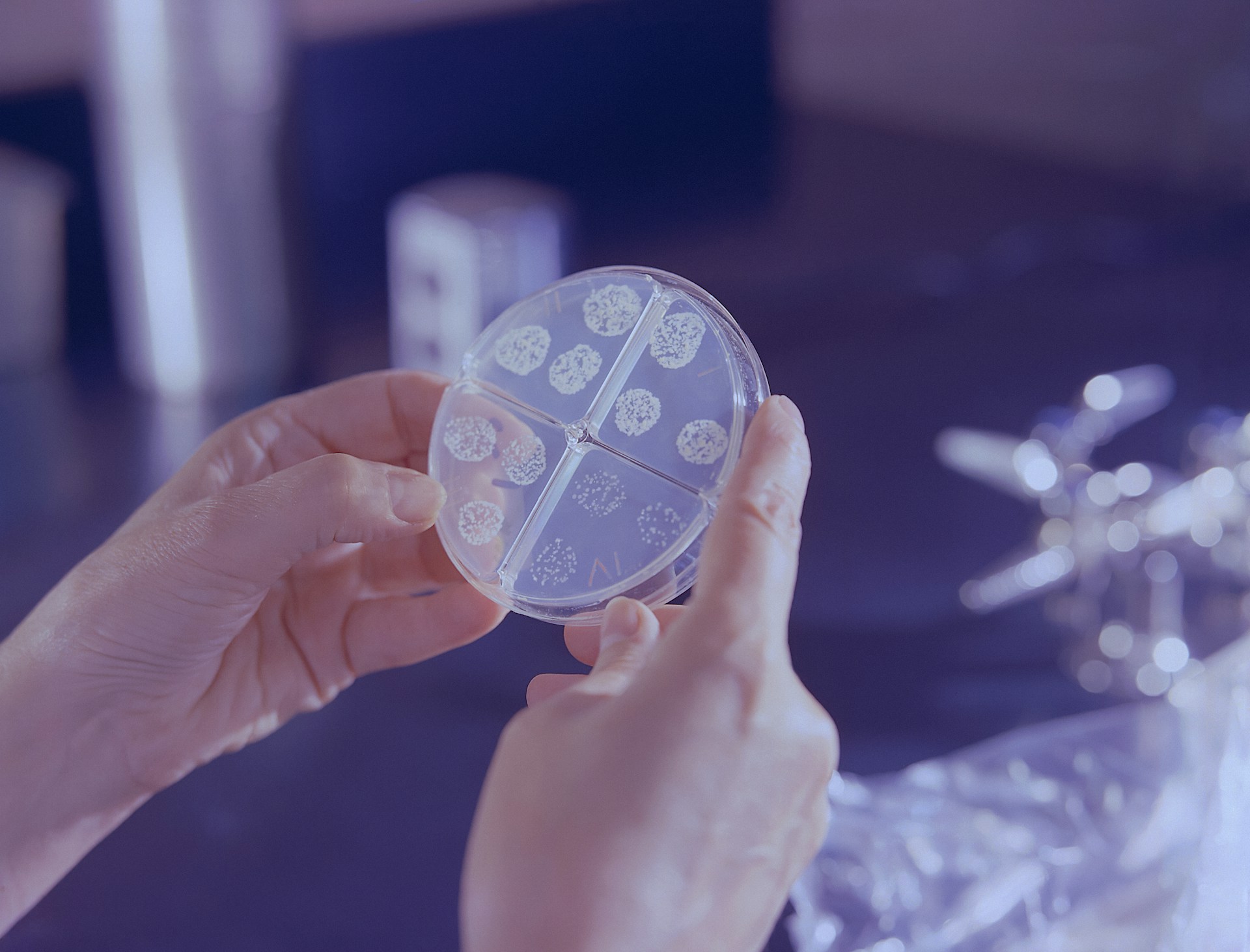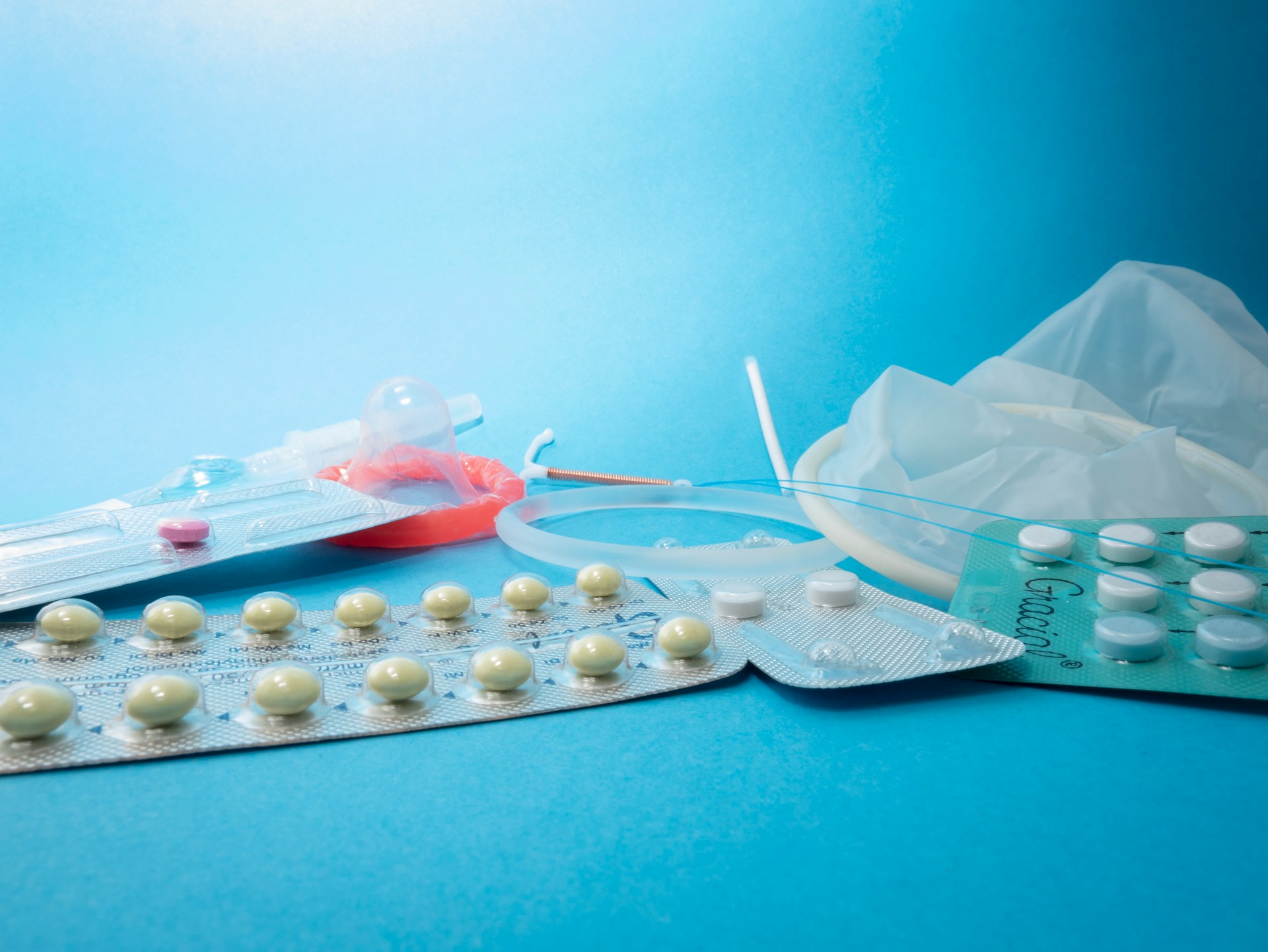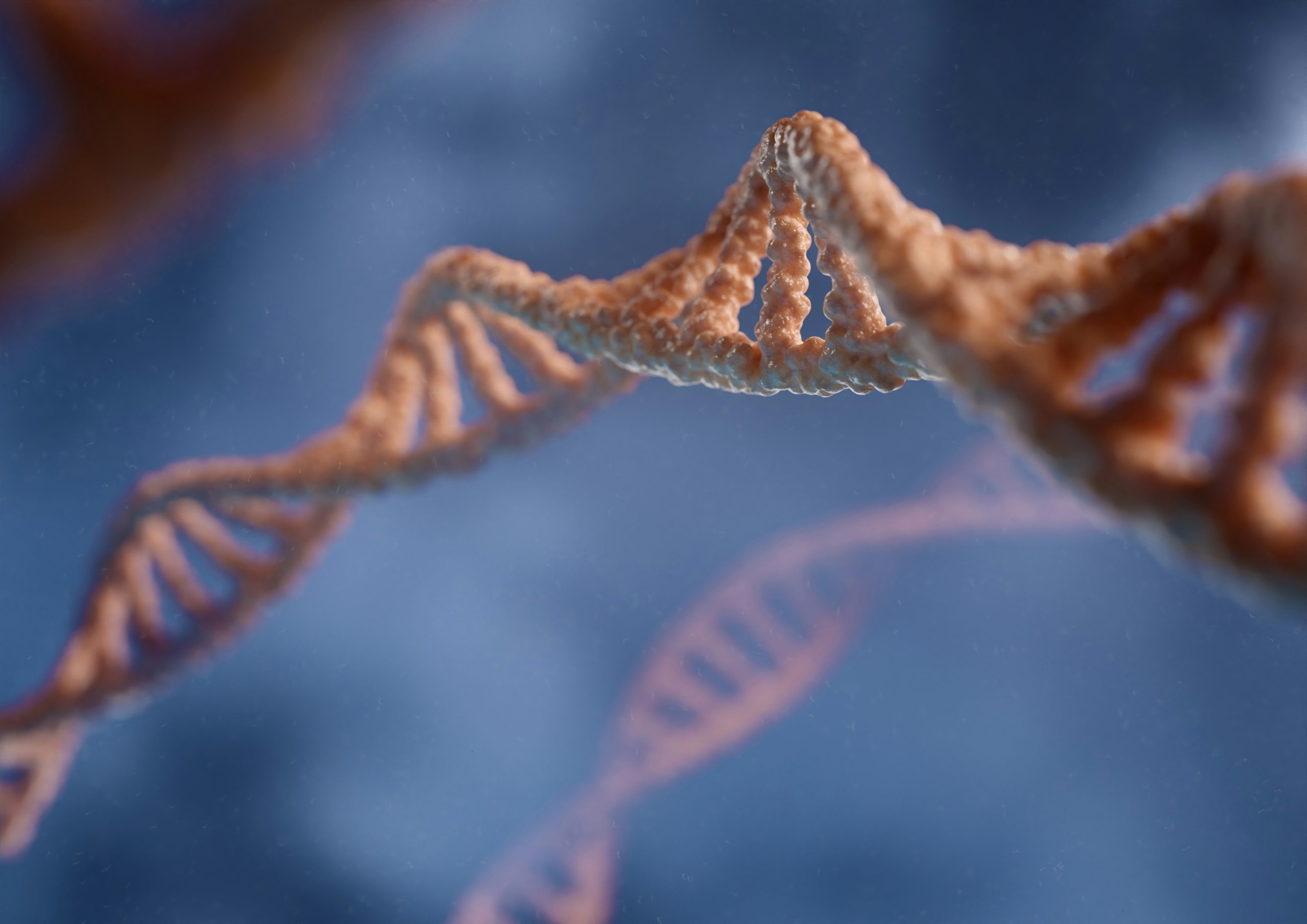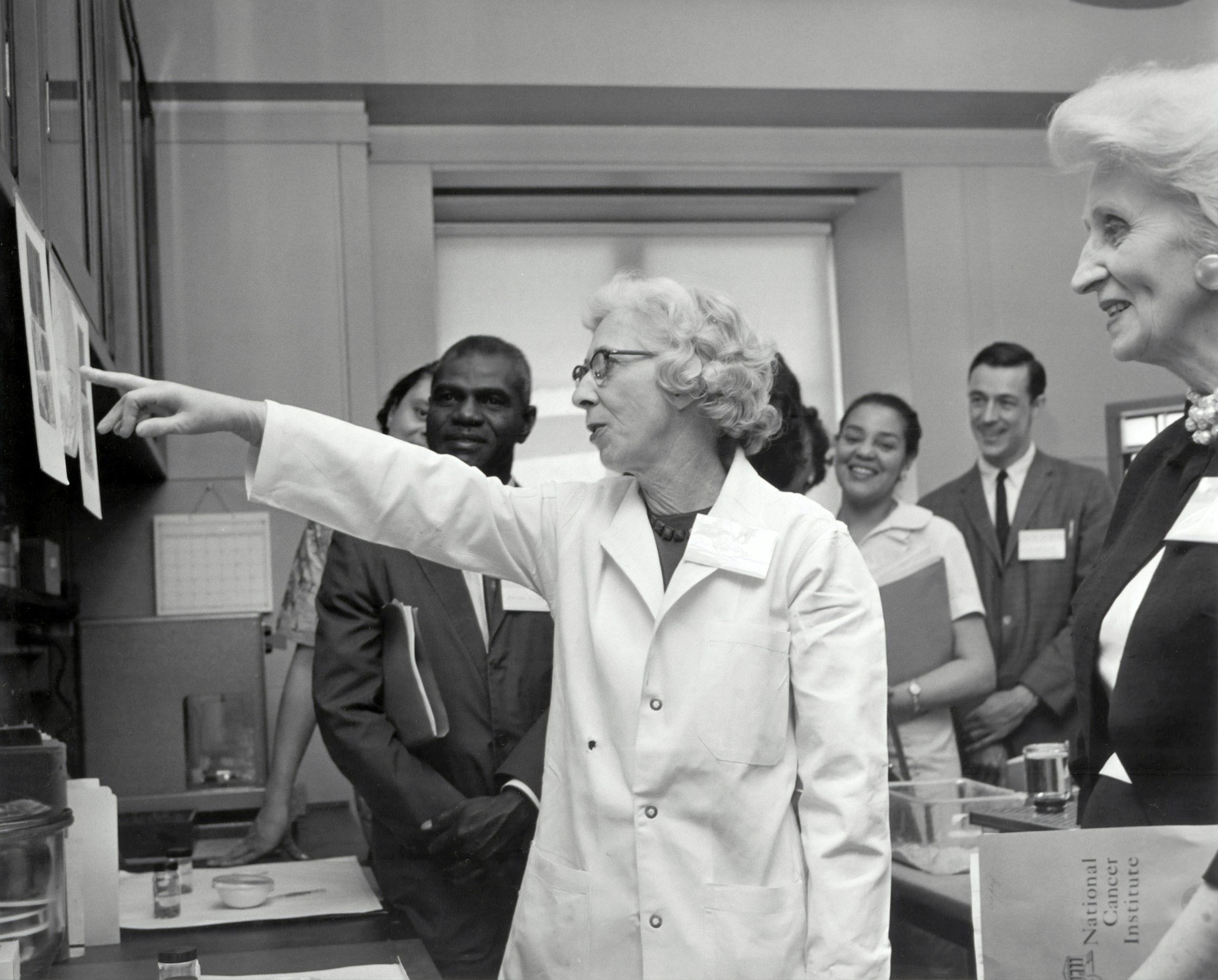How could the use of chronotherapy revolutionise healthcare? Photo credit: Diane Picchiottino via Unsplash
Our entire lives are defined by our circadian rhythms—the internal clock that regulates our body over a 24-hour period. Not only do these rhythms define when we eat and sleep, but also our physical and mental fluctuations throughout the day. Any gym rats reading this may have noticed that the majority of their weightlifting PBs were achieved in the late afternoon or early evening, which is unsurprising, given that research suggests muscles are generally the strongest at around 5pm. This peak in strength is because body temperature is at its highest at this time of day, meaning your muscles are warmer and able to lift more. Furthermore, the late afternoon correlates with a peak in testosterone, which is associated with an increase in strength, but what are these fluctuations controlled by? You guessed it—circadian rhythms.
Chronotherapy describes the coordination of medical treatment with a person’s circadian rhythm.
Chronotherapy describes the coordination of medical treatment with a person’s circadian rhythm. Its goal is to improve the effectiveness of existing treatments and minimise side effects. Chronotherapy relies on the premise that predictable fluctuations in enzyme availability in a 24-hour period will change how a medication is metabolised by the body and will ultimately determine how successful a drug is. A huge variety of therapeutic outcomes from chemotherapy tolerance to vaccine efficacy to survival after open heart surgery have been shown to be different depending on the time of day that they are administered. Optimising the time of day a treatment is given to a patient is crucial for maximising its efficacy and, thus, improving therapeutic outcomes. Importantly, advancing our understanding of chronotherapy for different diseases will also mean that there is less reliance on the production of new and more effective drugs, which is a costly and time-consuming process.
Biological rhythms basics
The ubiquity of biological rhythms is well-documented, with living organisms ranging from bacteria to fish to tamarind trees demonstrating predictable fluctuations over (albeit variable) time periods. In fact, egg-laying queens of ants and honeybees appear to be the only organisms with no circadian rhythm whatsoever, where it is believed that this helps them stay active and work around the clock.
egg-laying queens of ants and honeybees appear to be the only organisms with no circadian rhythm whatsoever…
Factors such as light and food intake help us set or reset our circadian clock—this is what allows us to recover from jet lag in just a couple of days. It is also important, however, to realise that circadian rhythms are powered by internal “pacemakers” that act as clocks. These pacemakers let our bodies know what time of day it is and how our body should react. The primary pacemaker is called the suprachiasmatic nucleus (SCN) and is located in the brain. The SCN is responsible for ensuring that all of the internal clocks of the body are synchronised, as well as for triggering the release of melatonin at dusk and cortisol in the morning.
This dynamism of the human body is exactly what chronotherapy aims to leverage in order to improve treatment outcomes. In an ideal world, the human metabolism would be static, allowing for a constant rate of drug delivery directly to the areas of the body that need treatment. Unfortunately, this is not the case, so instead, we must try to match treatment to the predictable rhythmicity of the body to maximise therapeutic efficacy and reduce side effects.
Cardiovascular disease: A chronotherapy success story
Cardiovascular disease (CVD) is the leading cause of death globally, claiming approximately 17.9 million lives annually. CVDs are particularly problematic because existing therapies do not seem to successfully prolong longevity or quality of life.
Cardiovascular disease (CVD) is the leading cause of death globally, claiming approximately 17.9 million lives annually.
It was noted that the occurrence of cardiovascular events, particularly strokes, were highest between the hours of 6am and noon. Further research revealed that this is due to various circadian-induced fluctuations. For example, in the early hours of the morning, there is increased platelet activity, resulting in increased blood coagulability (meaning blood becomes more like a semi-solid clot rather than a liquid). When platelets are activated, they release substances such as thromboxane A2, which causes blood vessels to contract and reduce in size (increased vascular tone). This further increases blood pressure, making it somewhat unsurprising that this time of day is particularly risky for CVD events.
Scientists were able to use this fluctuation to improve the time of day when people take aspirin, which prevents the release of thromboxane A2 and makes platelets less “sticky”, thus reducing the chance of a CVD event. It was noted that by taking aspirin before bed, rather than in the morning, the natural rise in platelet activity could be prevented, reducing the likelihood of stroke in those who are at risk.

How circadian-induced changes increase the risk of cardiovascular events in the morning.
The future of chronotherapy
The future of chronotherapy is broad and varied; in a study of childhood leukaemia, it was found that of those who received chemotherapy in the morning, only 35% survived six years after their initial diagnosis. By contrast, 70% of those who received evening chemotherapy survived for this duration. These striking results have been replicated in other types of cancer, too. For example, in a cohort of patients with ovarian cancer, all of the patients were given the same two drugs to treat ovarian cancer: cisplatin and doxorubicin. Those who received doxorubicin in the morning and cisplatin in the evening experienced less than half the treatment complications than those who received the drugs at the opposite times. Furthermore, the group with reduced complications had a 45% chance of survival after five years, while the other group only had a 10% chance. The mechanisms underlying these differences are yet to be elucidated, but the results highlight the significant clinical potential of chronotherapy.
Chronotherapy is also being investigated in psychiatry, where circadian disruption is well-documented…
Chronotherapy is also being investigated in psychiatry, where circadian disruption is well-documented in several psychiatric disorders. For example, the phase-advance theory suggests that depression is at least partially caused by the shifting of the circadian system to an earlier time than it should be, with symptoms such as early-morning awakenings and rapid-eye-movement sleep abnormalities being commonly observed in depressed individuals. If successful, this could help revolutionise an infamously hard-to-treat group of diseases.
While current results are promising, the art of chronotherapy has not yet been perfected. This is because it is impossible to work out everyone’s individual “chronotype” (i.e. whether you are an early bird or a night owl). This difference in internal clocks can make it difficult to work out exactly which time of day each drug should be administered, meaning scientists can only give their best estimates. Furthermore, it would be extremely costly to investigate the best time to administer every drug for every disease. Nonetheless, chronotherapy remains an interesting alternative to make drugs work better for you, as opposed to making yourself work for the drug.

